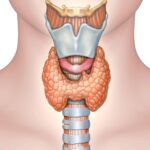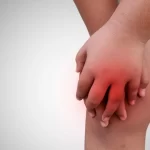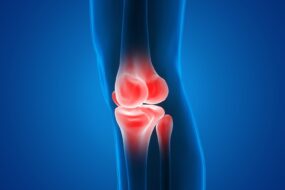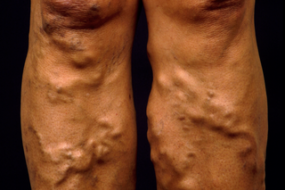Ludwig’s angina is an aggressive, fast-spreading bilateral cellulitis of the submandibular space. It was first described by Wilhelm Fredrick von Ludwig in 1836.
Classical description;
- A rapidly spreading cellulitis
- No lymphadenopathy
- No abscess formation
- Infection is bilateral
- Begins at the floor of the mouth
Etiology;
- A dental source in two-thirds of cases- infection of 2nd or third mandibular molars
- Contiguous spread from peritonsillar abscess
- Spread from suppurative parotitis
- sustained trauma to the floor of the mouth or mandible
- Acute lingual tonsilitis
- Sialolithiasis of submandibular salivary glands
Predisposing factors;
- Diabetes Mellitus
- Alcohol use disorder
- HIV
- Other immunocompromised states
Microbiology;
- A polymicrobial infection
- Viridans streptococci- most common
- Immunocompromised- gram-negative aerobes, MRSA strains
- If the source is an abscess from the teeth- oral anaerobes, e.g., Peptostreptococcus, Bacteroides, and Fusobacterium, are suspected.
Clinical presentation
- Fever, malaise, chills, stiff neck, trismus, mouth pain, dysphagia
- Muffled voice or unable to speak
- Trismus may be absent initially
- Airway obstruction can occur
- Stridor and cyanosis are concerning signs
Diagnosis– clinical, with support of imaging studies
Investigations
1. CT scan of the neck with contrast- modality of choice. Findings;
- Gas bubbles in the soft tissues- bubble sign
- Loss of fat planes
- Soft tissue thickening
- Increased subcutaneous tissue attenuation
- Fluid collections
- Edema
- High sensitivity but low specificity
2. MRI of the neck- should be emergent. More accurate in soft tissue delineation and abscess detection. However, it’s costly, not readily available, and time-consuming
3. Point of care ultrasound- for those requiring urgent airway management
4. Microbiologic evaluation- not possible in most cases due to the absence of an abscess. Specimens obtained from attempted needle aspiration of the submandibular space may be used
Treatment
1. Airway management- timely assessment and management of the airway.
2. Antibiotics- broad-spectrum antibiotics for a duration of 2 to 3 weeks
- Sequential CRP may be used for monitoring
3. Surgery- to improve the airway. If the patient is nonresponsive to antibiotics, or if a collection is observed on imaging, then incision and drainage can be done under general anesthesia
Complications
- Airway compromise
- Mediastinitis
- Necrotizing cellulitis
- Pleural empyema
- Pneumonia
- ARDS
Differential diagnosis
- Peritonsillar abscess
- Neoplasms
- Foreign body aspiration
- Salivary gland infection
- Aneurysm of internal carotid artery












